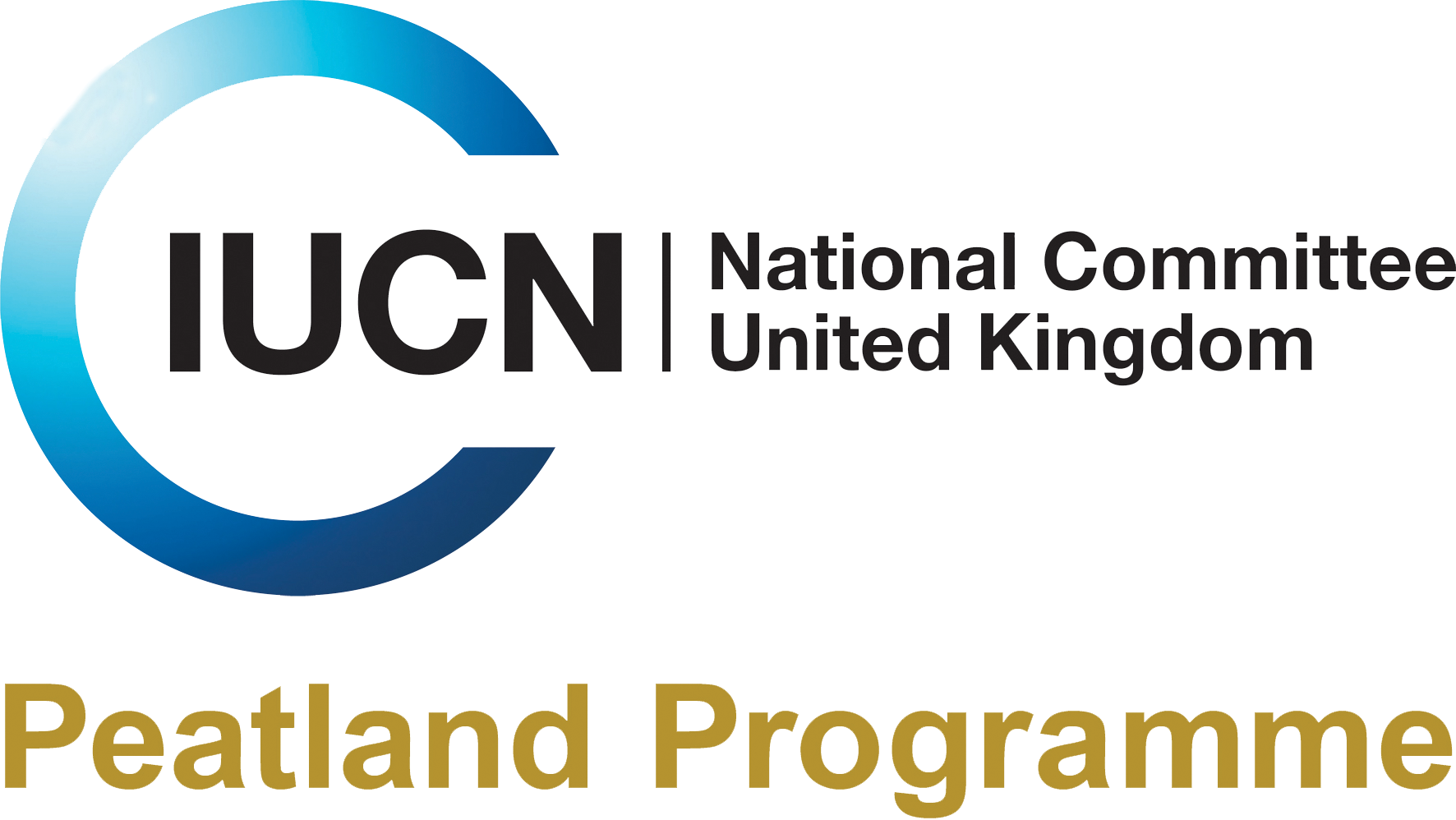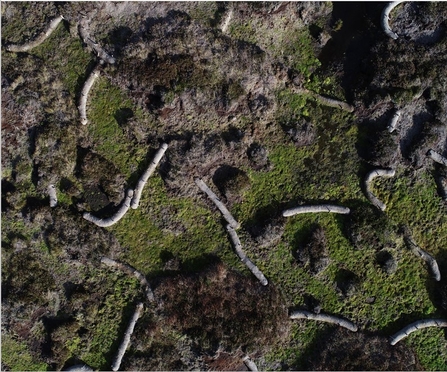As Yorkshire Peat Partnership (YPP) heads into the new restoration season, they take a moment to celebrate their achievements from the previous (2020-2021) season with their annual report.
In their 2020-2021 season they:
- brought over 5,000 hectares of peatland into restoration management
- blocked 156 km of eroding grips and gullies
- planted over 76,000 sphagnum moss plugs, 132,000 crowberry plugs and 173,000 cottongrass plugs
- surveyed over 6,500 hectares of peatland on foot
This important work helps to re-establish healthy blanket bog in Yorkshire’s drained and damaged uplands. As well as helping to hold water and peat on the moors and keeping millennia of carbon locked in the ground, this provides valuable habitat for some fascinating and beautiful wildlife.
By replanting peatlands with native bog vegetation, this stabilises the peat and protects it from erosion; creating wet conditions allow important food species like cranefly to thrive, supporting the food web; producing cover for ground nesting birds and shelter for invertebrates; connecting wild networks that allow species like otters to move between river catchments.
Yorkshire Wildlife Trust’s Peat Programme Manager, Dr Tim Thom said:
“Blanket bog covers around 96,000 hectares in North Yorkshire – our restoration work is making so much space for nature to survive and thrive. Ecosystem services are an important consideration but when we discuss wild places purely in terms of the benefits they afford us, we diminish them. Our beautiful Yorkshire blanket bogs are worth looking after."
Learn more via the Yorkshire Wildlife Trust website
Read the Yorkshire Peat Partnership's annual report (2020 - 2021)

